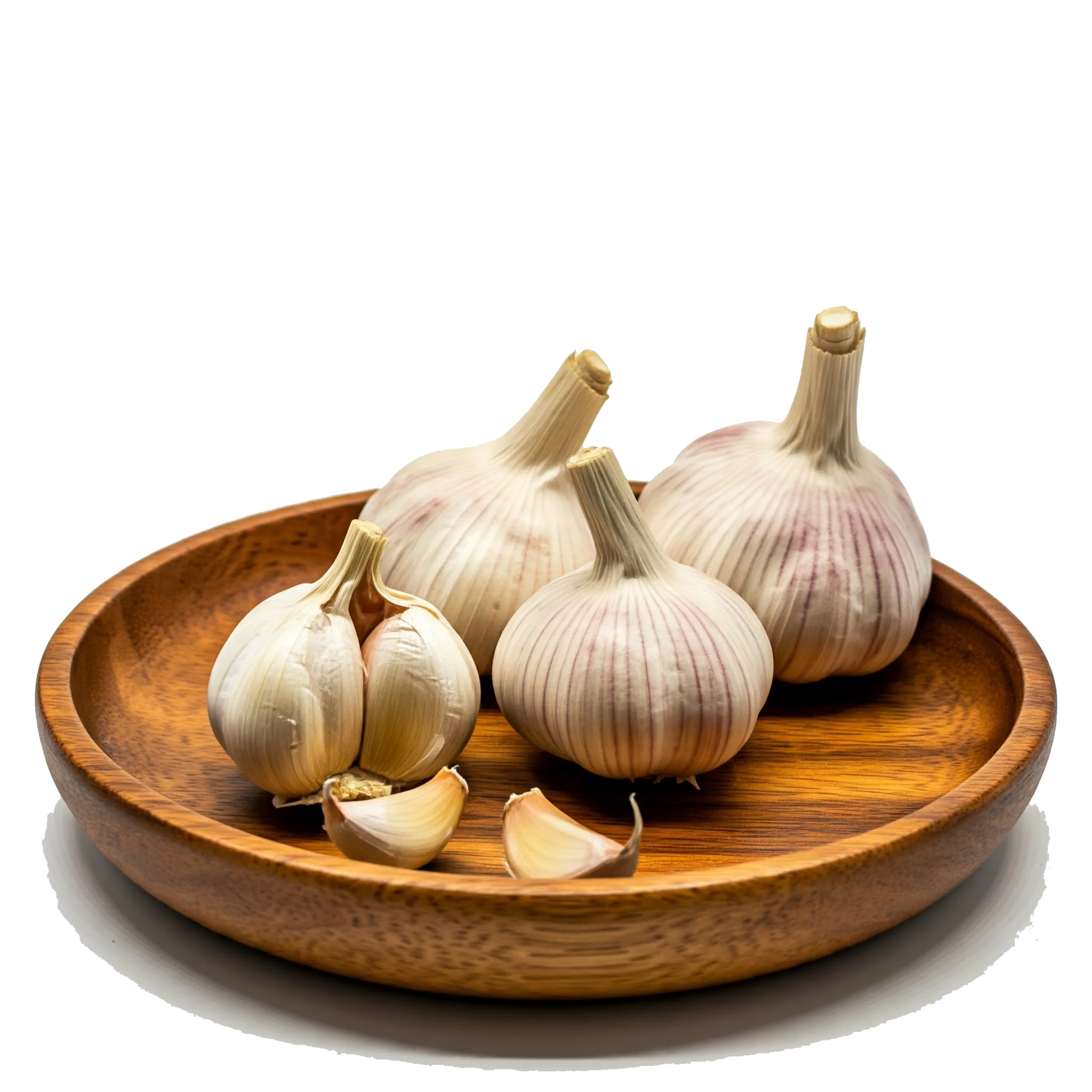

Top Health Benefits of Pad Kra Pao You Need to Know
Pad Kra Pao with Rice and Fried Egg is a flavorful and satisfying dish that offers a well-balanced mix of macronutrients, making it a wholesome meal for many. It provides a rich source of high-quality protein from ground meat and eggs, which supports muscle maintenance and keeps you feeling full for longer. The inclusion of Thai basil and chili peppers adds antioxidants and anti-inflammatory compounds, while the rice supplies complex carbohydrates that provide energy. Additionally, the egg on top not only enhances the taste and texture but also contributes essential vitamins such as B12, D, and healthy fats. If lean meats like chicken or turkey are used, and oil is minimized, the dish can be both high in protein and moderate in calories. This meal is also adaptable and can include vegetables for added fiber, vitamins, and minerals, contributing to a nutrient-dense plate overall.
 Minced /
Beef Shoulder : 400 g
Minced /
Beef Shoulder : 400 g Garlic : 6 clove
Garlic : 6 clove Chili Pepper : 2 Piece
Chili Pepper : 2 Piece Basil (Fresh) : 1 Cup
Basil (Fresh) : 1 Cup chopped /
Green onions : 3 Tablespoon
chopped /
Green onions : 3 Tablespoon Frying Oil : as needed
Frying Oil : as needed Chicken Egg : 4 Piece
Chicken Egg : 4 Piece Cooked /
White Rice : 3 Cup
Cooked /
White Rice : 3 Cup Soy Sauce : 3 Tablespoon
Soy Sauce : 3 Tablespoon Oyster Sauce : 2 Tablespoon
Oyster Sauce : 2 Tablespoon fish sauce : 1 Tablespoon
fish sauce : 1 Tablespoon Sugar : 1 Tablespoon
Sugar : 1 TablespoonRecipe :
For 4 people
Enjoy your spicy and savory Thai basil stir-fry with rice and a perfectly fried egg!
When preparing Pad Kra Pao, it’s essential to maintain high heat for quick stir-frying, which helps preserve the freshness and flavor of the ingredients. Use a wok or a wide pan to prevent steaming and ensure everything cooks evenly. Chop the garlic and chilies finely to release their full aroma and flavor. Don’t overcook the basil – add it at the very end to retain its fragrance and vibrant color. For the egg, frying it with a slightly crispy edge and a runny yolk enhances the dish’s richness. Use sauces like soy and oyster in moderation to avoid overpowering the dish and to control sodium levels. Adjust the chili quantity according to your spice tolerance. Pre-cooking the rice or using day-old rice helps with texture and prevents the dish from becoming soggy. Lastly, use a high smoke point oil like canola or sunflower to avoid burning at high heat.

This dish suits several dietary lifestyles, particularly high-protein and low-calorie diets, as long as portion control and lean meat choices are maintained. It can also be compatible with the DASH diet when sodium-rich sauces are limited. However, it is not inherently suitable for ketogenic or paleo diets due to the rice, though modifications such as using cauliflower rice can make it compliant. It is not appropriate for vegan or vegetarian diets unless the meat is replaced with plant-based alternatives and the egg is omitted or substituted. Those following gluten-free diets should use certified gluten-free soy or tamari sauce, as regular soy sauce often contains wheat. Individuals on fasting or intermittent fasting schedules may find this meal ideal to break a fast due to its nutrient density. As always, dietary needs vary per person, and adjustments can make this popular Thai dish more inclusive across different nutritional frameworks.
...